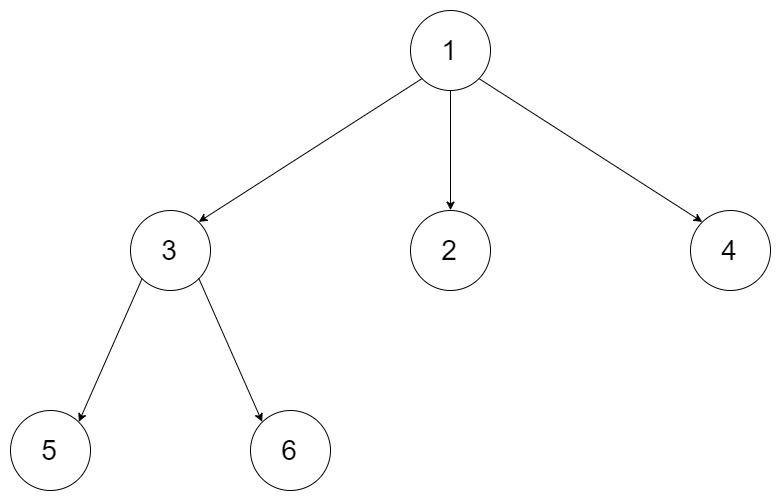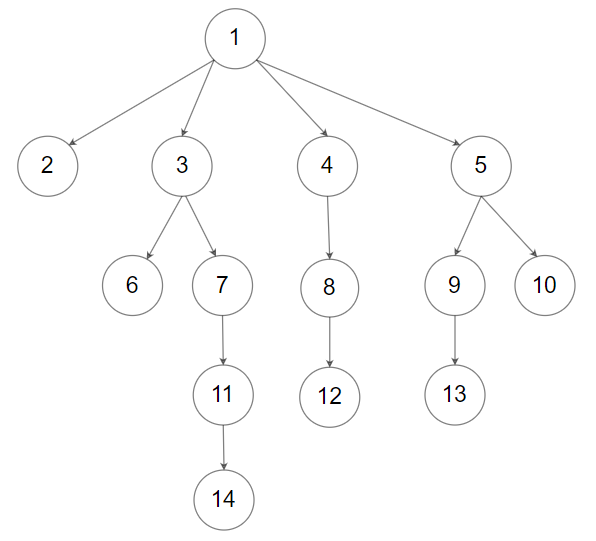Welcome to Subscribe On Youtube
559. Maximum Depth of N-ary Tree
Description
Given a n-ary tree, find its maximum depth.
The maximum depth is the number of nodes along the longest path from the root node down to the farthest leaf node.
Nary-Tree input serialization is represented in their level order traversal, each group of children is separated by the null value (See examples).
Example 1:

Input: root = [1,null,3,2,4,null,5,6] Output: 3
Example 2:

Input: root = [1,null,2,3,4,5,null,null,6,7,null,8,null,9,10,null,null,11,null,12,null,13,null,null,14] Output: 5
Constraints:
- The total number of nodes is in the range
[0, 104]. - The depth of the n-ary tree is less than or equal to
1000.
Solutions
-
/* // Definition for a Node. class Node { public int val; public List<Node> children; public Node() {} public Node(int _val) { val = _val; } public Node(int _val, List<Node> _children) { val = _val; children = _children; } }; */ class Solution { public int maxDepth(Node root) { if (root == null) { return 0; } int ans = 1; for (Node child : root.children) { ans = Math.max(ans, 1 + maxDepth(child)); } return ans; } } -
/* // Definition for a Node. class Node { public: int val; vector<Node*> children; Node() {} Node(int _val) { val = _val; } Node(int _val, vector<Node*> _children) { val = _val; children = _children; } }; */ class Solution { public: int maxDepth(Node* root) { if (!root) return 0; int ans = 1; for (auto& child : root->children) ans = max(ans, 1 + maxDepth(child)); return ans; } }; -
""" # Definition for a Node. class Node: def __init__(self, val=None, children=None): self.val = val self.children = children """ class Solution: def maxDepth(self, root: 'Node') -> int: if root is None: return 0 return 1 + max([self.maxDepth(child) for child in root.children], default=0) -
/** * Definition for a Node. * type Node struct { * Val int * Children []*Node * } */ func maxDepth(root *Node) int { if root == nil { return 0 } ans := 1 for _, child := range root.Children { ans = max(ans, 1+maxDepth(child)) } return ans }